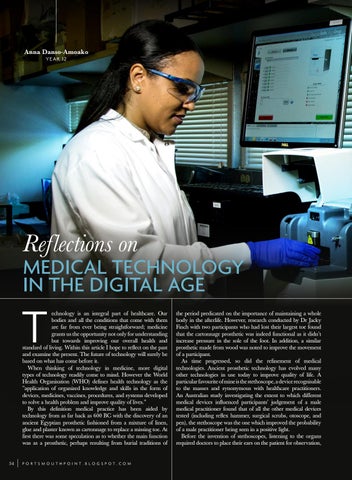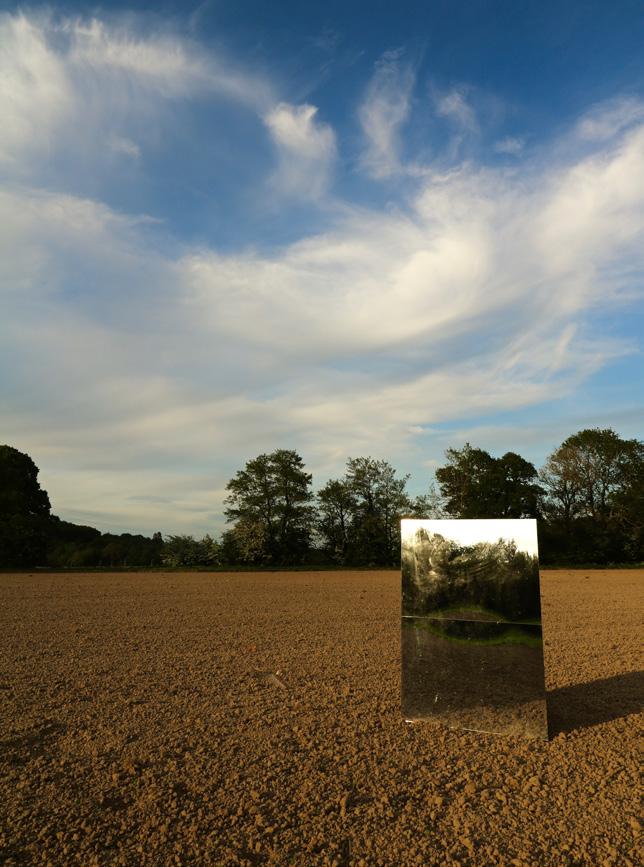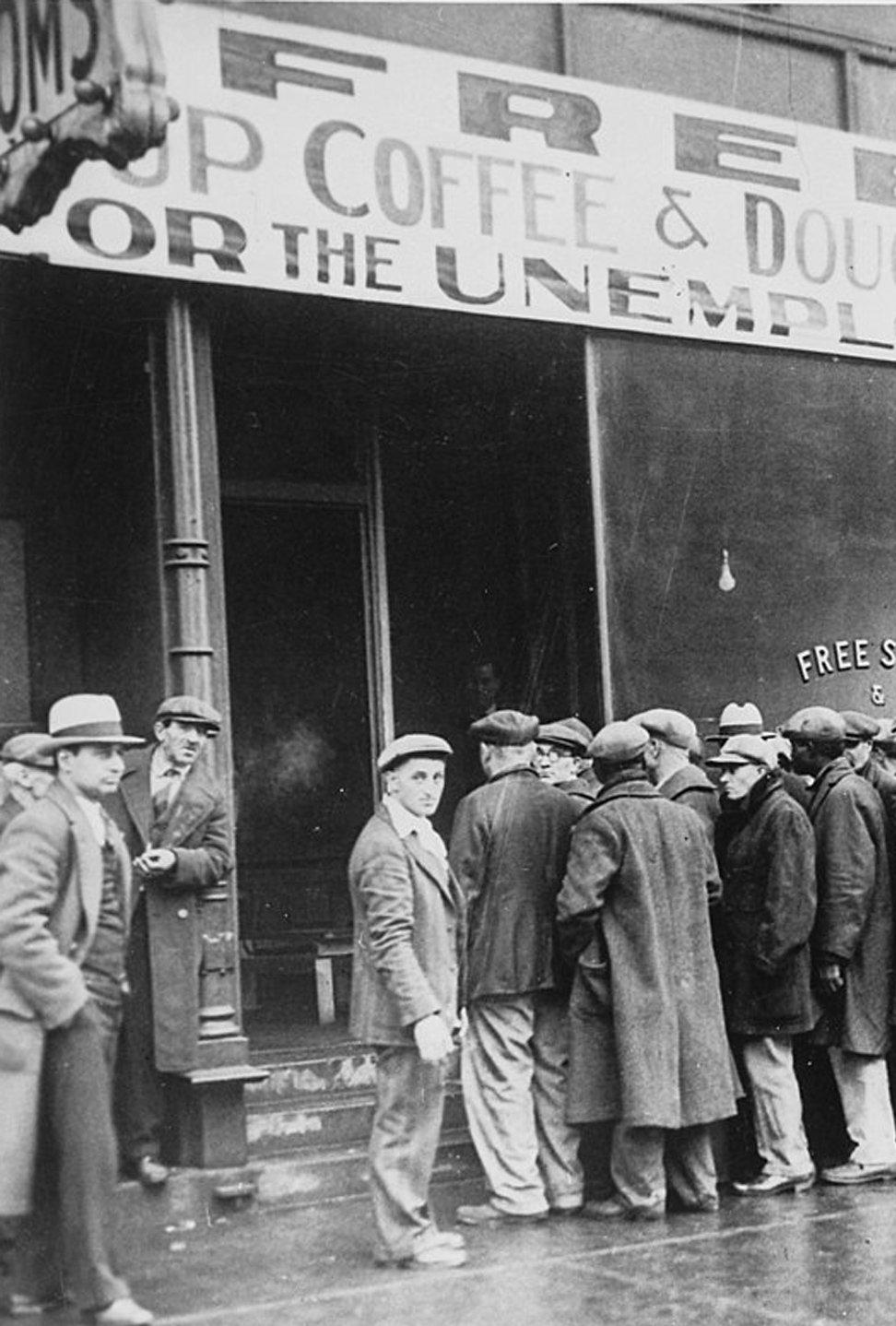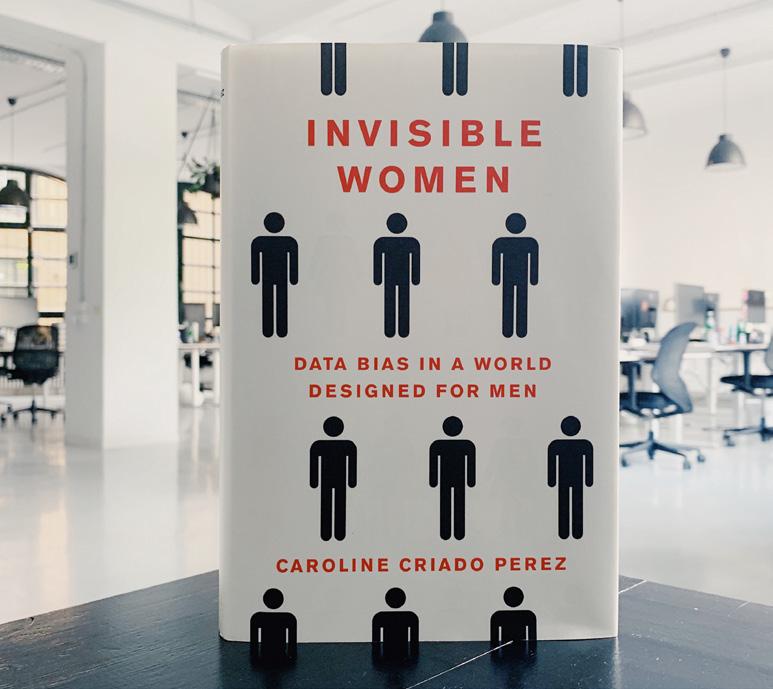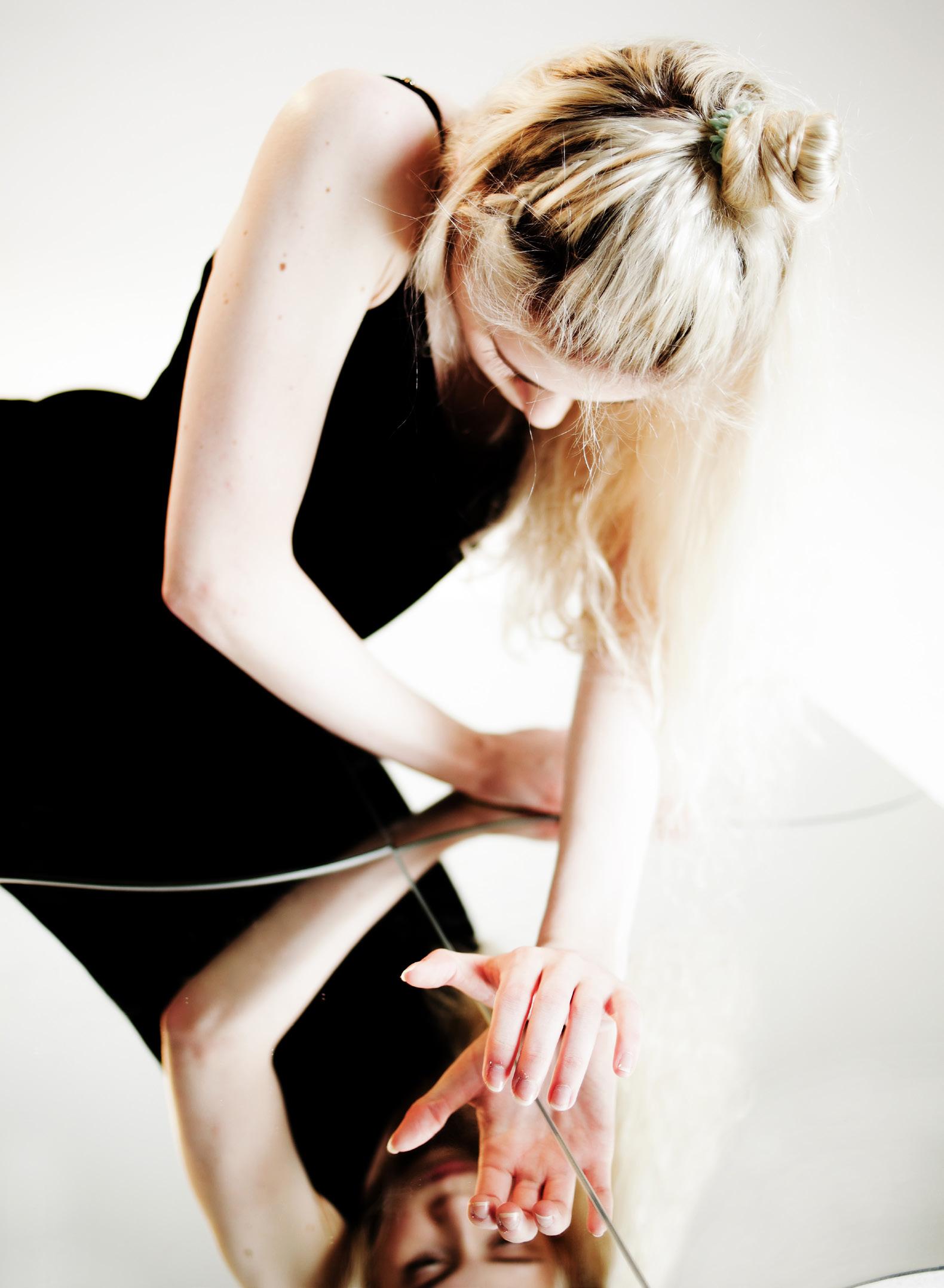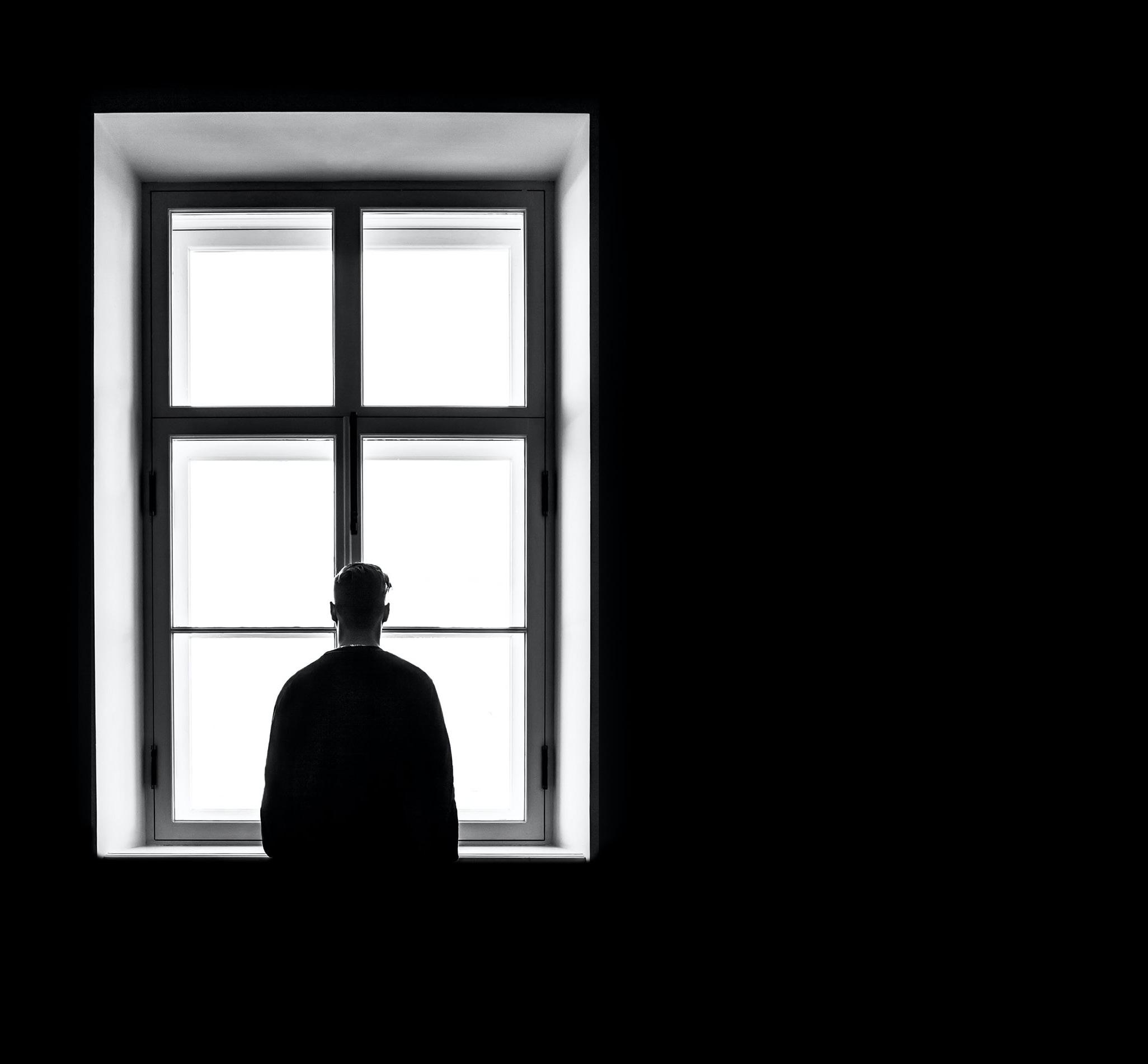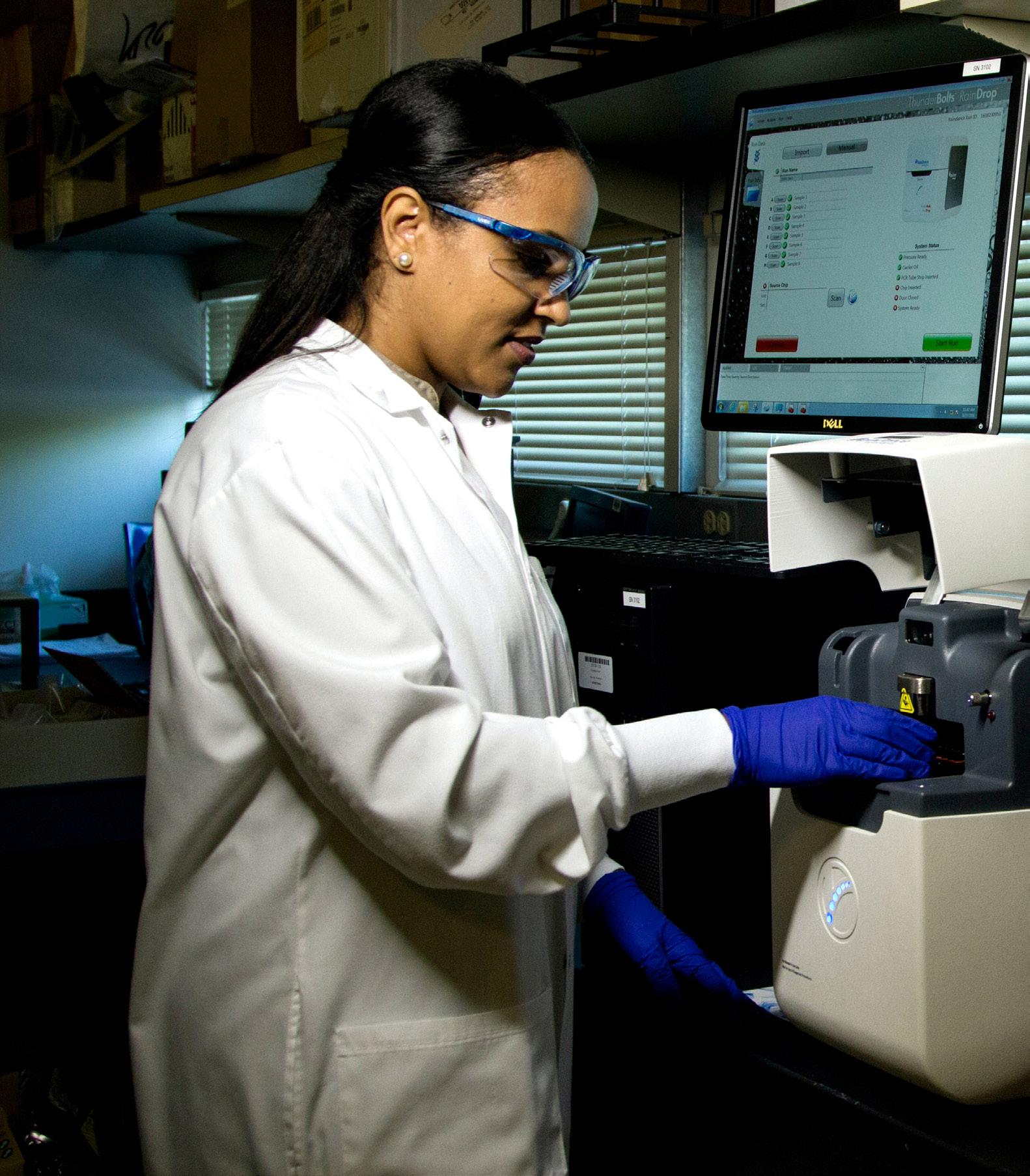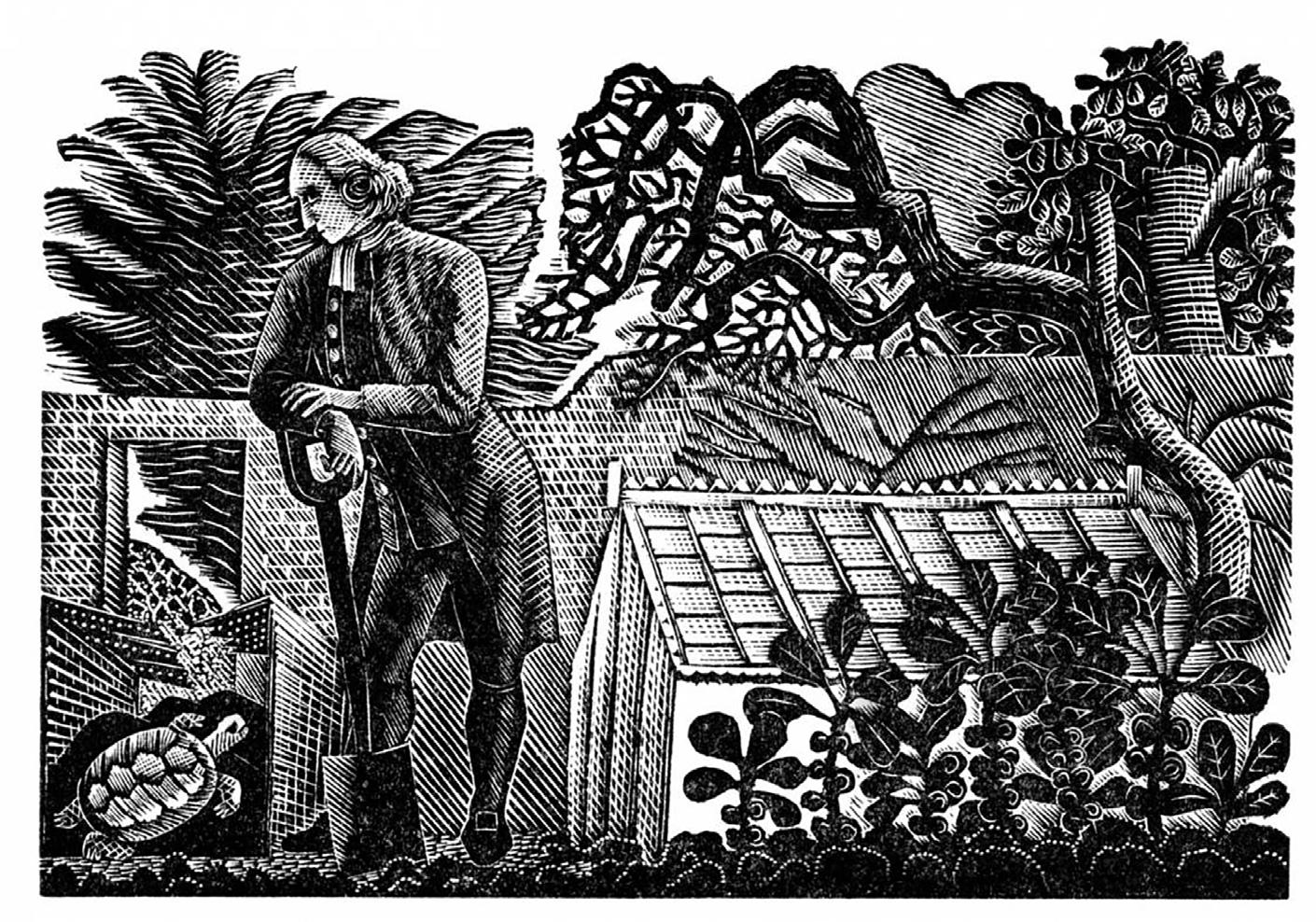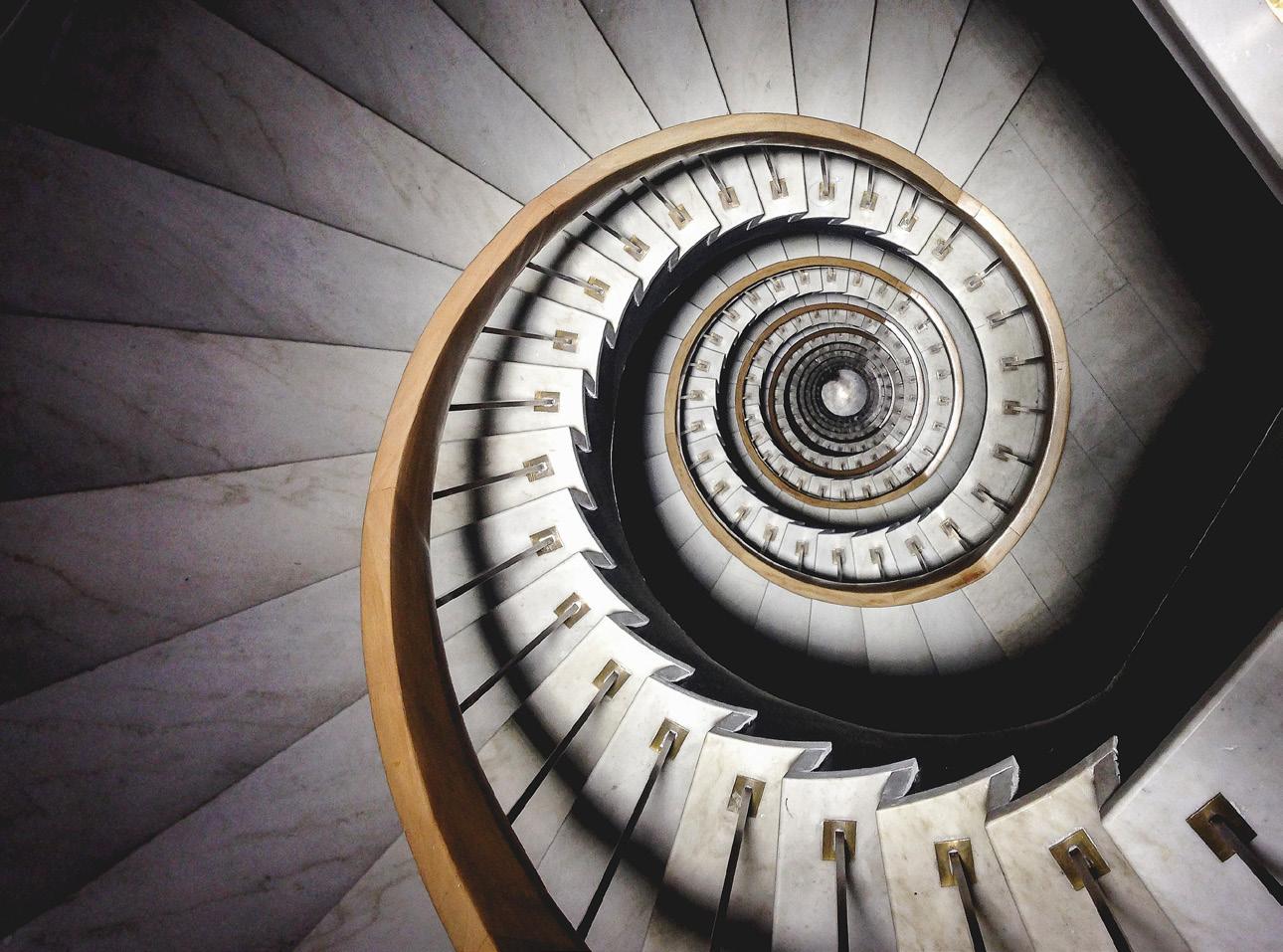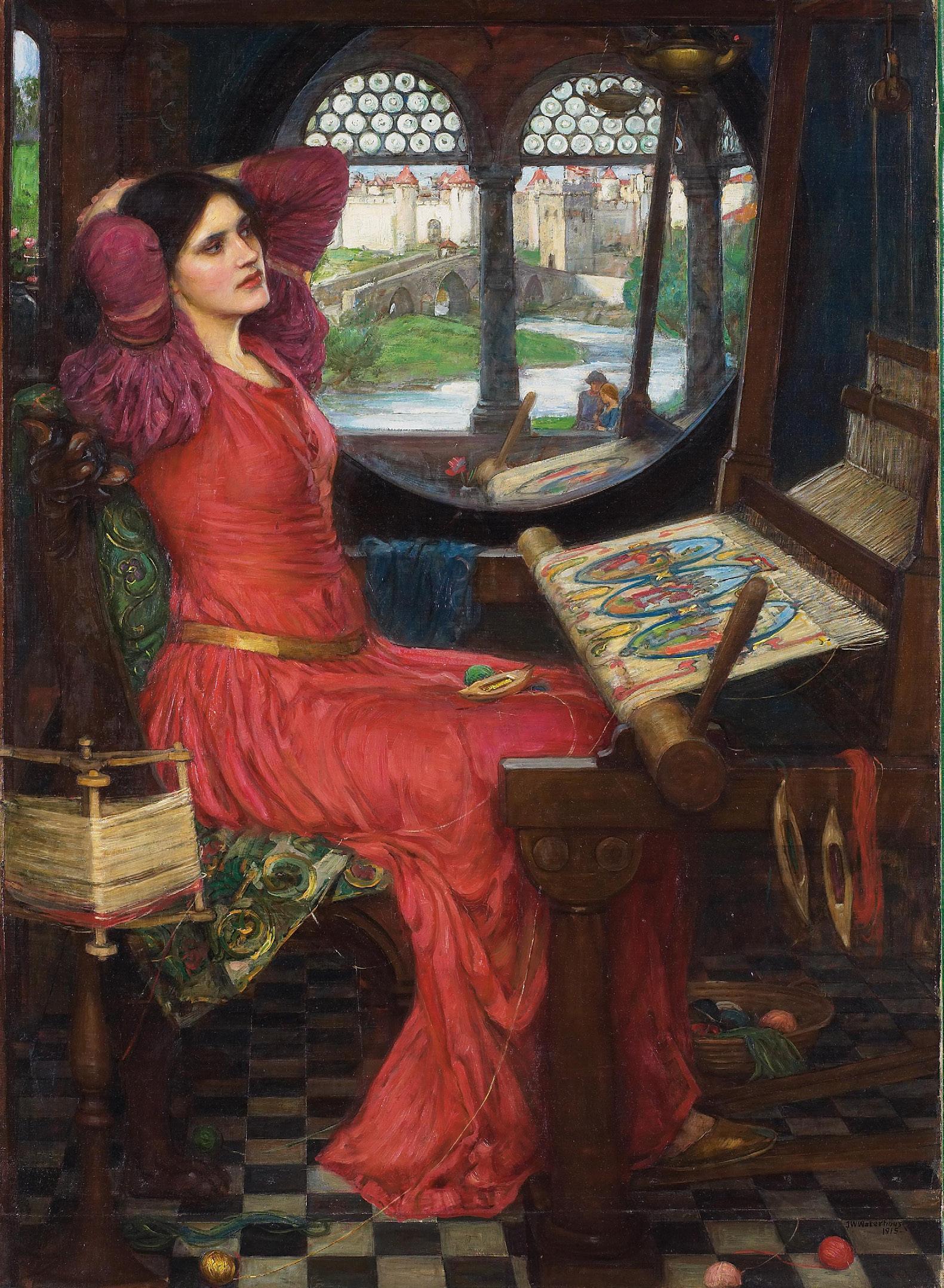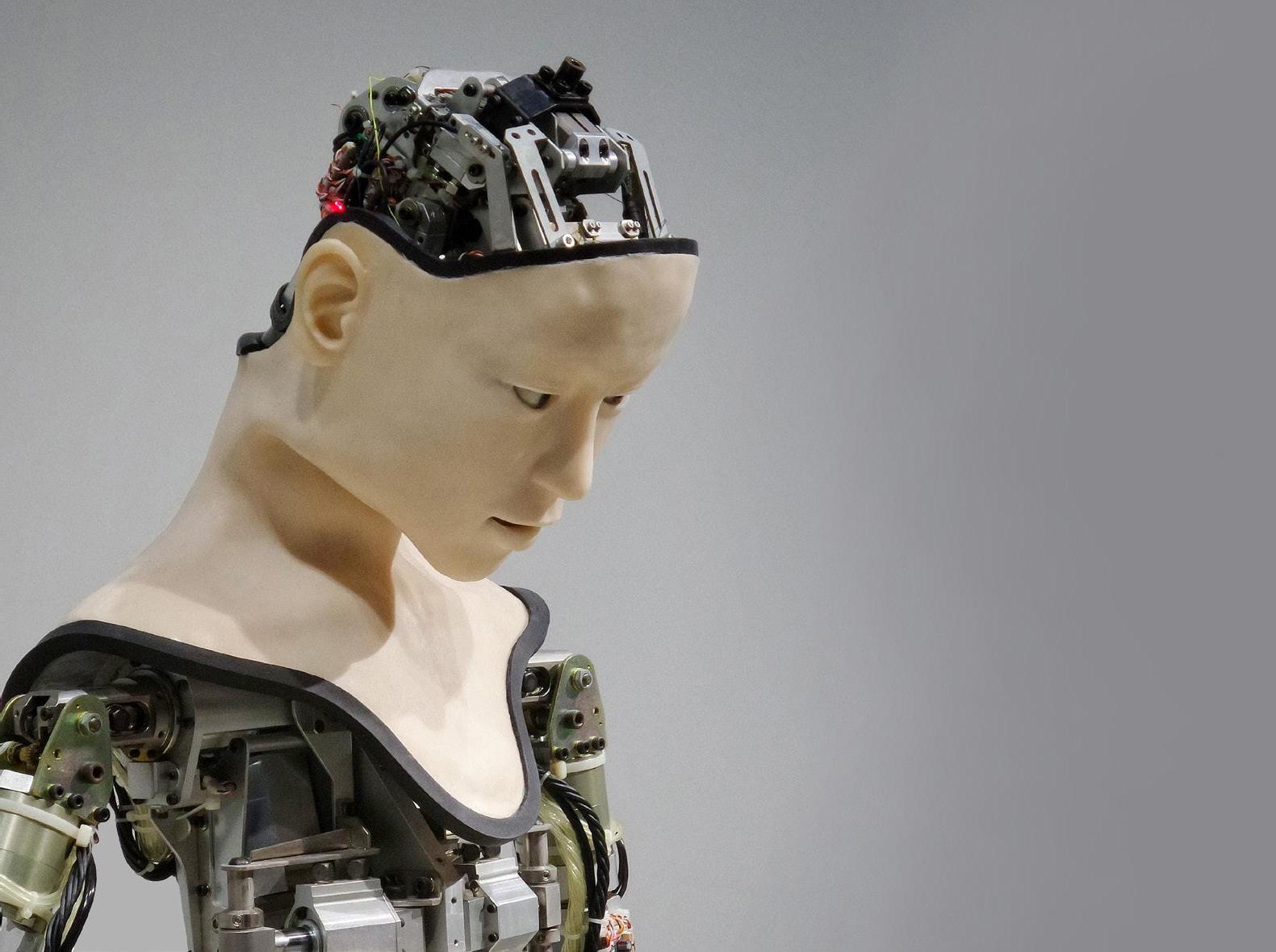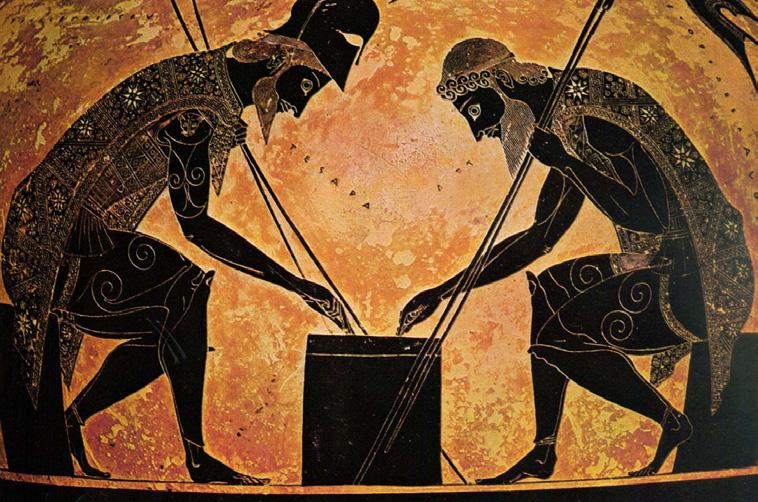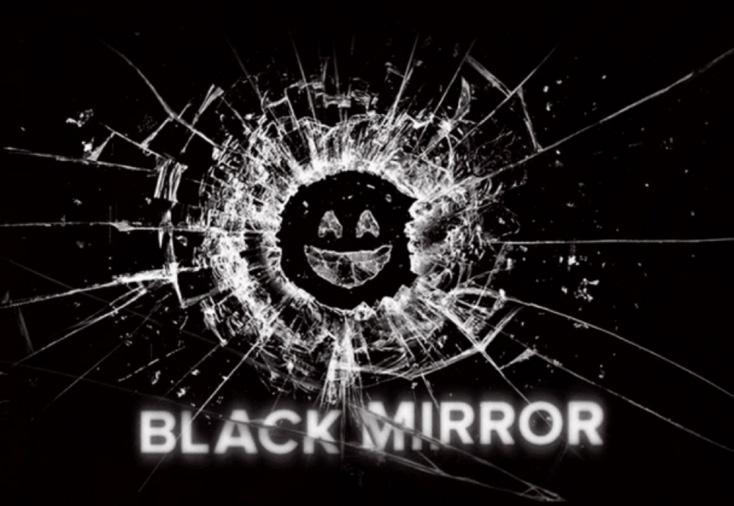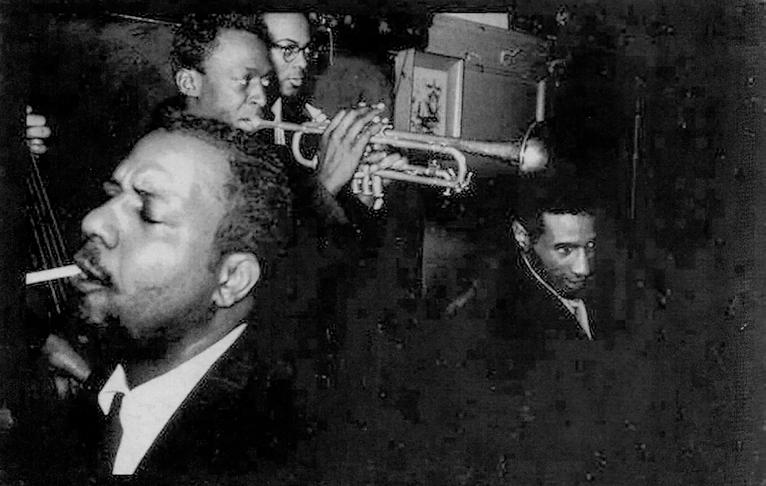Anna Danso-Amoako YE AR 12
Reflections on
MEDICAL TECHNOLOGY IN THE DIGITAL AGE
T
echnology is an integral part of healthcare. Our bodies and all the conditions that come with them are far from ever being straightforward; medicine grants us the opportunity not only for understanding but towards improving our overall health and standard of living. Within this article I hope to reflect on the past and examine the present. The future of technology will surely be based on what has come before it. When thinking of technology in medicine, more digital types of technology readily come to mind. However the World Health Organisation (WHO) defines health technology as the "application of organized knowledge and skills in the form of devices, medicines, vaccines, procedures, and systems developed to solve a health problem and improve quality of lives." By this definition medical practice has been aided by technology from as far back as 600 BC with the discovery of an ancient Egyptian prosthetic fashioned from a mixture of linen, glue and plaster known as cartonnage to replace a missing toe. At first there was some speculation as to whether the main function was as a prosthetic, perhaps resulting from burial traditions of
54
P O RT S M O U T H P O I N T. B LO G S P OT.CO M
the period predicated on the importance of maintaining a whole body in the afterlife. However, research conducted by Dr Jacky Finch with two participants who had lost their largest toe found that the cartonnage prosthetic was indeed functional as it didn’t increase pressure in the sole of the foot. In addition, a similar prosthetic made from wood was noted to improve the movement of a participant. As time progressed, so did the refinement of medical technologies. Ancient prosthetic technology has evolved many other technologies in use today to improve quality of life. A particular favourite of mine is the stethoscope, a device recognisable to the masses and synonymous with healthcare practitioners. An Australian study investigating the extent to which different medical devices influenced participants' judgement of a male medical practitioner found that of all the other medical devices tested (including reflex hammer, surgical scrubs, otoscope, and pen), the stethoscope was the one which improved the probability of a male practitioner being seen in a positive light. Before the invention of stethoscopes, listening to the organs required doctors to place their ears on the patient for observation,
